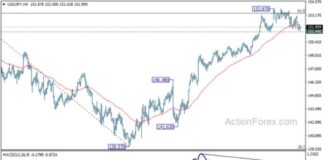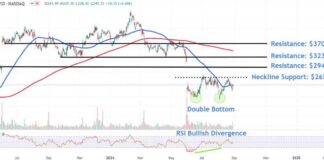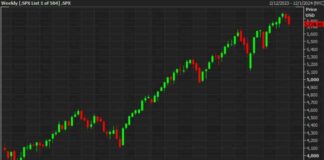Global financial markets experienced a mix of clarity and uncertainty last week. In the US, economic data supported the idea of a gradual policy easing by the Federal Reserve, boosting investor confidence. The hope for a softer landing for the US economy led to new record highs in stock markets across various sectors.
However, markets in Asia, particularly in Hong Kong and mainland China, faced volatility due to uncertainty surrounding China’s fiscal stimulus measures. The lack of a clear roadmap from Chinese authorities unsettled investors and resulted in significant market fluctuations.
In the currency markets, the Swiss Franc emerged as the strongest performer, closely followed by the US Dollar. The Dollar is approaching crucial technical levels alongside the 10-year Treasury yield, which will determine if it is reversing its recent downtrend. The Japanese Yen also saw strength as a traditional safe-haven asset.
On the weaker side, the Canadian Dollar performed poorly, along with the New Zealand Dollar and Australian Dollar. Despite positive employment data from Canada, the Loonie struggled due to expectations of rapid policy easing by the Bank of Canada. The Kiwi and Aussie were weighed down by uncertainties surrounding China’s economic policies.
The US stock market hit new records, driven by stronger-than-expected inflation data and optimism about the Fed’s gradual approach to policy normalization. Both the Dollar Index and the 10-year yield are nearing key resistance levels, which will determine their future trajectory.
Looking ahead, the focus shifts to China’s Finance Ministry announcements and the market’s response to concrete fiscal support measures. The absence of specific figures in the stimulus package has left investors uncertain about the scale and effectiveness of the initiatives. This uncertainty is expected to persist until more details are revealed.
Technically, the outlook for the Hang Seng Index (HSI) remains bullish as long as it holds above the key support level of 20,000. A breakthrough above the 55-day EMA would indicate a reversal of the long-term downtrend. However, a decisive break below 20,000 could signal a resumption of the corrective move.
In conclusion, the global financial markets are navigating a landscape of clarity and uncertainty, driven by economic data, central bank policies, and geopolitical developments. Investors will closely monitor upcoming announcements and data releases to gauge market direction and sentiment in the coming weeks.

















